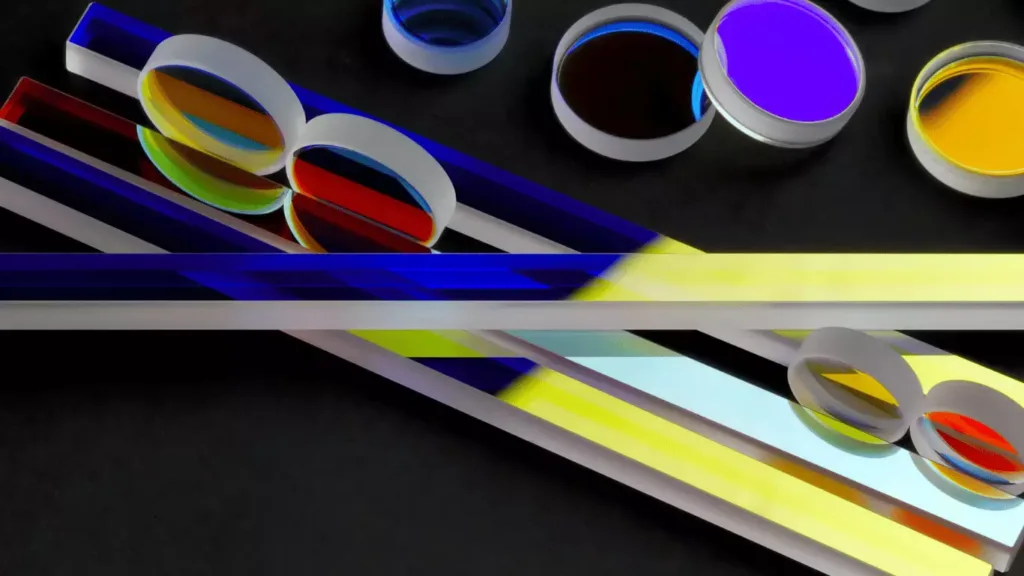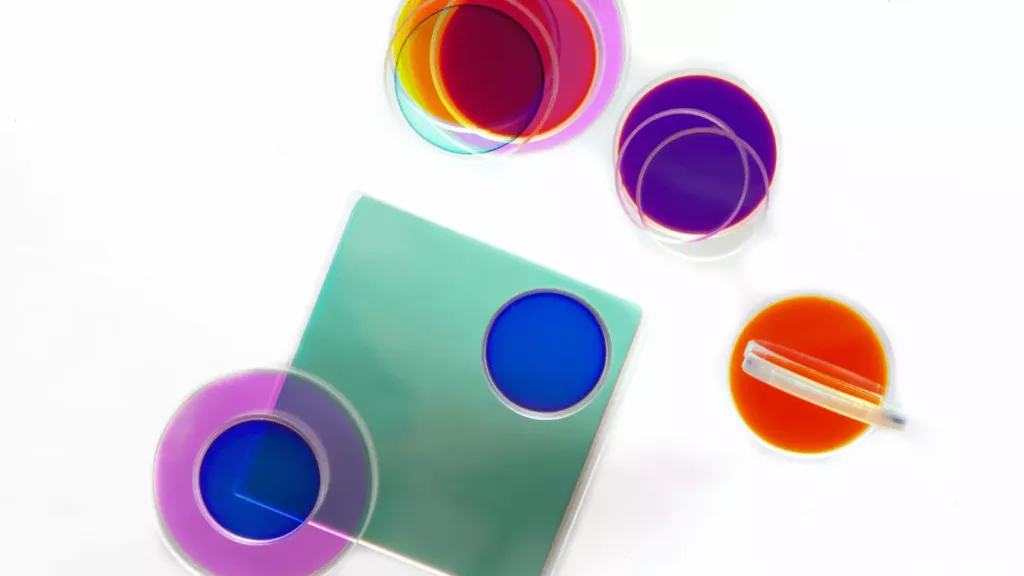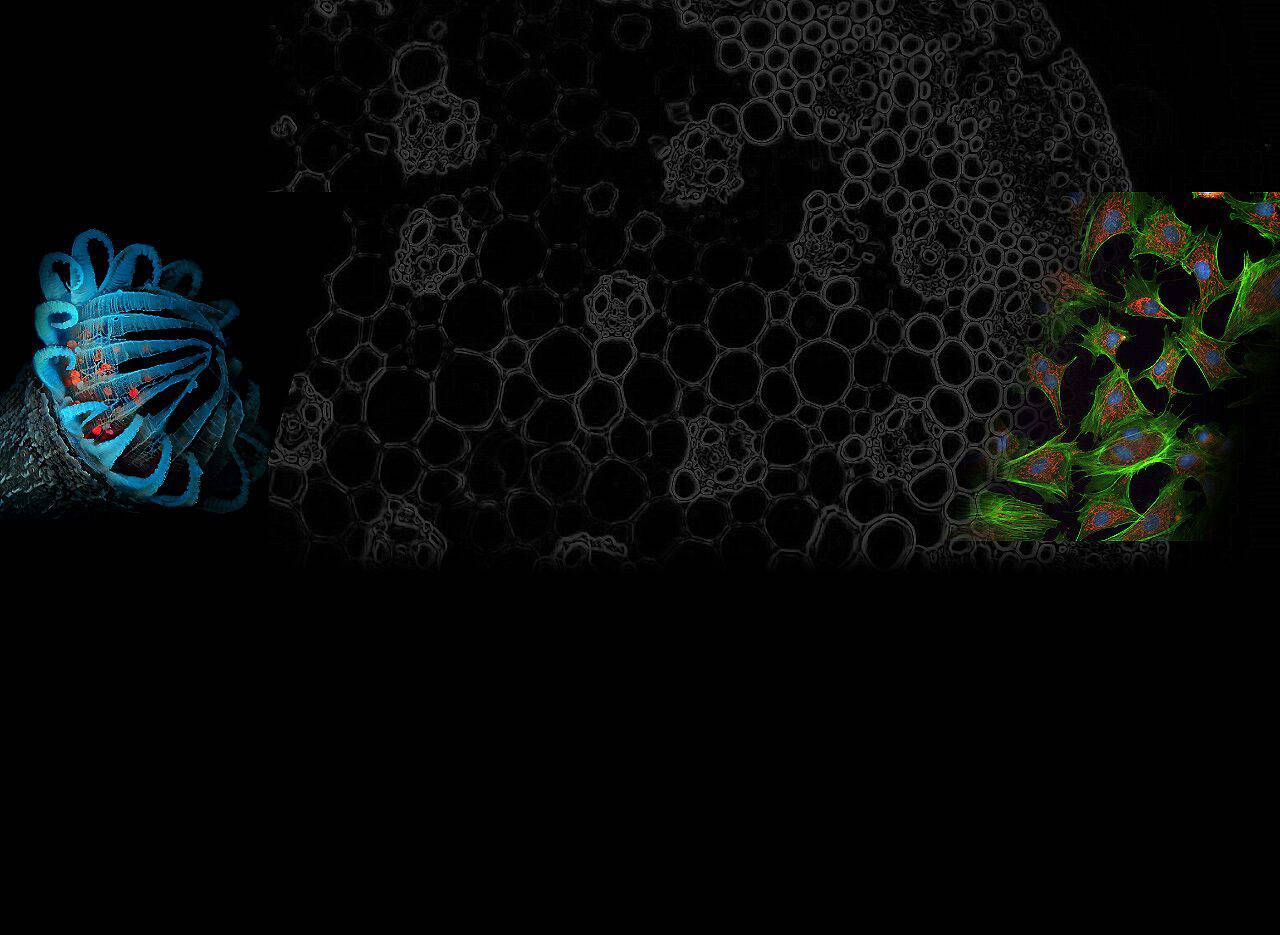Dichroic mirrors are unique mirrors that reflect or transmit light depending on the color. They are essential in many fields such as lasers, microscopy, and lighting.
Next we’ll explore why it’s important, how it’s made, and where it’s used. Whether you’re a scientist, engineer, or just curious about optics, this guide has something for you.
What is a dichroic mirror?

A dichroic mirror is a unique optical device that behaves depending on the color of light it interacts with. It’s made by adding a thin coating onto glass or another material. The coating’s unique properties come from how light interacts with its many layers.
These mirrors are designed to reflect some light colors while letting others pass through.
Engineers control this by adjusting the coating’s thickness and composition. Because of this, dichroic mirrors can reflect specific colors, making them very useful in many applications.
They’re used in optical systems to separate or mix different light colors. They’re convenient when you need precise control over light, like in lasers, fluorescence microscopes images, and spectroscopy.
Role and Importance
This is its primary role. Imagine shining white light (containing all colors) onto a dichroic mirror that reflects red and sends blue. The red light would bounce back, while the blue light would pass through. This selective filtering finds applications in various fields:
Dichroic mirrors are crucial in separating incoming light in color TVs into red, green, and blue components for individual sensors. They also help combine these colors in projectors to create a full-color image.
These mirrors separate the excitation light (used to activate the sample) from the emitted fluorescent light (used to form the image). This is key in analyzing fluorescent materials.
1. Importance
Dichroic mirrors play a vital role in various fields due to their unique ability to control light based on wavelength. Their precise filtering capabilities enable the following:
2. Enhanced image processing
Separating colors in cameras and projectors leads to more accurate color reproduction.
3. Advanced scientific analysis
They are crucial in fluorescence microscopy, enabling detailed studies of microscopic structures and processes.
4. Efficient laser operation
They help direct and filter laser light for various applications.
5. Improved lighting design
By reflecting heat away, they contribute to more relaxed and efficient lighting systems.
Types of Dichroic Mirrors

Dichroic mirrors can be classified into different types based on their transmission and reflection properties.
1. Longpass Dichroic Mirrors
Reflects shorter wavelengths of light and transmits longer wavelengths. Often characterized by a “cut-on wavelength” that separates the reflective and transmissive regions. Reflects excitation light towards the sample while allowing emitted fluorescence to pass through. Beam combining: Combines many laser beams of different wavelengths.
2. Shortpass Dichroic Mirrors
Reflects longer wavelengths of light and transmits shorter wavelengths like long-pass filters with a “cut-off wavelength,” defining the transition between reflection and transmission. Block infrared radiation while allowing visible light to pass through, used in cameras and projectors. Reflect heat-generating infrared light in lighting fixtures.
3. Multi-band Dichroic Mirrors
Reflects specific bands of wavelengths while transmitting others. Multiband dichroic mirrors can have many “cut-on” and “cut-off” wavelengths, creating many reflection and transmission bands. Color separation in high-resolution displays and projectors. Multi-color laser beam splitting and filtering.
4. Hot and Cold Mirrors
A specific type of dichroic mirror is designed to reflect or send heat radiation.
In hot mirror projectors, unique mirrors can bounce away the heat but let the light we can see pass through. They help ensure that the slides or objects shown stay cool and dry.
On the other hand, cold mirrors In telescopes, some mirrors can bounce back the light we can see and let the heat pass through. They help keep the telescope cool and make the pictures we see clearer.
Manufacturing and Optical Properties
To make dichroic mirrors, we put thin coatings on glass. There are two ways we do this:
With Electron Beam: We use an intense beam of electrons to turn the coating material into vapor, which sticks to the glass and forms a thin film. This method helps us control the coating’s thickness and what it’s made of so the mirrors turn out well.
With ion beam sputtering (IBS): Here, we shoot high-energy ions at a material target, which makes atoms fall off and land on the glass. This way gives us a lot of control over the coating. Making the mirrors absorb less light, scatter less, and last longer.
The way the mirrors work depends on what the coatings are made of and how thick they are. By choosing the suitable materials and thickness, we can make mirrors that reflect or let through specific light colors, like we want.
Applications of Dichroic Mirrors
Dichroic mirrors, which can control light depending on color, are used in many science and industry jobs. Let’s explore some of the essential ways they’re used:
1. Lighting System
Dichroic mirrors are like magic in color TV cameras and projectors. They split light into red, green, and blue, letting cameras capture each color for awesome pictures. Projectors mix those colors to show colorful movies and photos on a screen.
This is helpful in places like museums where delicate objects need protection from heat. Also, they’re used in spotlights and projectors to keep the light focused, ensuring everything looks right.
2. Optical Communication
In optical communication systems, dichroic mirrors are used for wavelength division multiplexing (WDM). This lets us send many optical signals, each with its light color, all simultaneously through one optical fiber.
Dichroic mirrors help in WDM devices by splitting up or joining together these different colored weak signals. This makes data transmission more effective and allows lots of information to be sent simultaneously.
3. Fluorescence Microscopy
Scientists use fluorescence microscopy to study small living things. They shine a unique light on the samples, which light up with different colors. This helps scientists see them better and learn more about them.
4. Lasers Technology
Dichroic mirrors are like laser wizards. They can reflect one laser color while letting other colors pass through. This helps focus the laser where we want it, like in laser cutting machines or excellent laser light shows.
5. Medical imaging
They pick out specific colors of light using techniques like spectroscopy. It’s like using a magnifying glass to see details better. This helps doctors and scientists learn more about what’s happening inside the body.
Advantages of Using Dichroic Mirrors
There are some essential advantages of using mirrors.
1. Sharper Filtering
Dichroic mirrors use thin layers of a unique material to control different light colors. This makes a clear line between light that bounces off and light that goes through. It’s more precise than regular filters, which can slightly mix up the colors. Think of it like using a sharp pencil to draw a neat line instead of a fuzzy crayon.
2. Higher Efficiency
Dichroic mirrors reflect unwanted wavelengths instead of absorbing them. This reduces energy loss, leading to a brighter and more efficient transfer of desired wavelengths. This is particularly important in applications like projectors and microscopes.
3. Heat Resistance
Since they reflect unwanted wavelengths rather than absorbing them, there is less heating, making them suitable for high-intensity light sources like lasers and spotlights. This also contributes to their longevity compared to filters that degrade due to heat-related wear.
4. Durability
Dichroic mirrors are made with durable materials and robust coating techniques. They result in more excellent resistance to damage and fading compared to traditional dyed filters. They are also less susceptible to environmental factors like humidity and temperature fluctuations.
5. Versatility
Dichroic mirrors are like unique mirrors that can be made in different ways. They can have coatings to reflect or let through specific light colors. This gives more choices than regular filters, which can only handle a few colors. It can control light for many things we use, like in cameras or scientific experiments.
6. Size and Weight
Dichroic mirrors can be made thin and lightweight. This makes them suitable for space and weight limitations, such as portable devices or compact optical instruments.
Conclusion
Dichroic mirrors are essential in optics today. They’re used in lots of things like fancy cameras and lasers. Understanding them helps us pick the right ones for our needs, improving things.
As optics keeps getting better, these mirrors will become even more helpful.
So, for engineers, scientists, and others who are interested, it’s essential to keep learning about them. Optics is a fantastic field with lots to discover. Understanding Optolong dichroic mirrors can help us learn and create new things. Let us continue to explore and grow in the field of optics.
FAQs
1. What is the difference between a dichroic mirror and a filter?
Like a rainbow in the summer or oil drops resting on water, those fascinating colors are the result of light being made different colors in a special way. Dichroic lenses are kind of like that, reflecting specific colors while letting others through. Filters, on the other hand, are more like selective sunglasses, which determine which colors of light get through and which don’t.
2. Is a dichroic mirror the same as a beam splitter?
Not exactly. While they both have the magic power to change the path of light, dichroic mirrors (or beamsplitters) play a little more advanced in this game. They can separate or merge rays based on the color of the light, and they don’t dim the light. This is especially useful in situations where you need to keep the light bright.
3. What is the difference between dielectric and dichroic mirrors?
Both of these mirrors are great at playing with light, but not quite in the same way. Dichroic mirrors are actually a type of dielectric mirror that is designed with a special film that reflects light at two specific wavelengths in very different ways.
It’s like, if you need to switch between different music channels, a dichroic mirror can help you filter out the kind of beats you want.
4. What is an example of a dielectric mirror?
Dielectric mirrors are like the multi-faceted face of the light world, and they’re used in many ways, from mirrors for lasers, to hot and cold mirrors to control the temperature of lamps, to thin-film beamsplitters to split beams of light.
They even play a role in your cool reflective sunglasses and some binoculars, ensuring that every scene you see is both bright and clear.
Click to learn: What is the optical filter?
